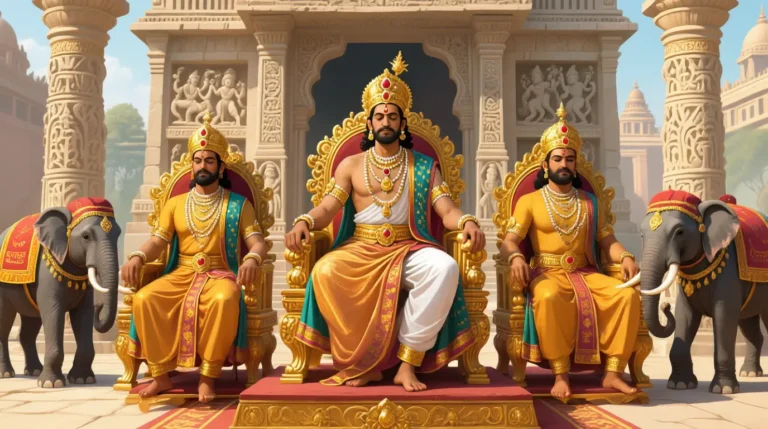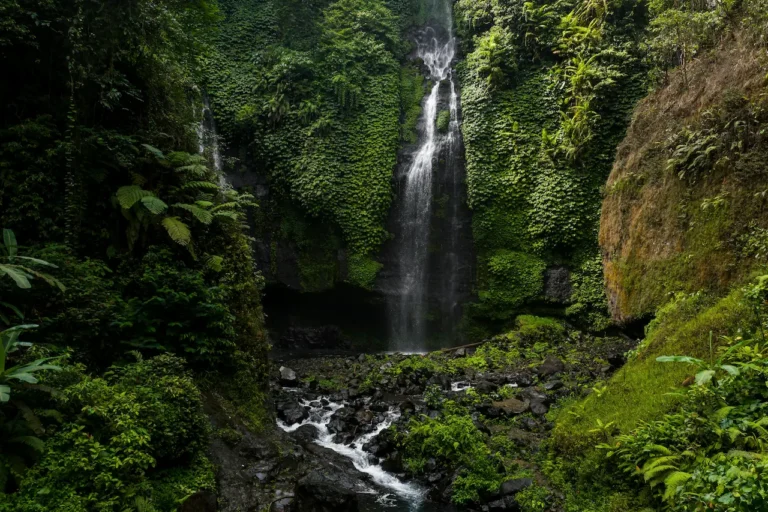Religion in the Chera Kingdom: The Coexistence of Hinduism, Jainism, and Buddhism
The year is approximately 300 BCE. The monsoon winds, relentless and predictable, sculpted the western coastline of India, a region we now recognize as Kerala. Here, nestled between the Arabian Sea and the Western Ghats, lay the kingdom of the Cheras – a realm of strategic importance, a crossroads of trade, and, crucially, a vibrant tapestry of religious belief. This was no simple conquest; this was a slow, deliberate weaving of power, built not solely on military might, but on a profound understanding of the spiritual landscape of the south. The geography alone dictated much of the Chera’s fate – the fertile plains of the Malabar coast, perfect for rice cultivation, were defended by the jagged hills, and the proximity to the maritime trade routes, particularly those connecting the Roman Empire and South India, demanded a shrewd and adaptable governance.
The Political Context: A Pragmatic Dynasty
The early Cheras, emerging from the tribal landscape of the region, were initially fragmented, constantly vying for dominance. The legend of Senguttuvan, the ‘Great Chera’, attributed to the Tamil poet, Silappatikaram, paints a picture of a warrior king who united these tribes, largely through a combination of military prowess and astute diplomacy. However, the accounts, while powerfully evocative, must be viewed with a scholar’s eye – a blend of historical truth and carefully crafted mythology. Crucially, Senguttuvan’s reign marks a shift. He wasn’t merely a conqueror; he was a patron of learning, a builder of temples, and, perhaps most significantly, a shrewd negotiator. His alliances with the Pandya kingdoms to the south and his strategic trade agreements with the Romans demonstrate a political acumen that prioritized long-term stability over immediate territorial gains. The core of the Chera state was built on a system of ‘kudava’ – warrior-chiefs who controlled local territories, and ‘ur’ – a council of wise men, priests, and administrators, signifying a hybrid political system that blended military authority with intellectual and spiritual guidance.
The Religious Mosaic: Hinduism, Jainism, and Buddhism
Unlike the predominantly Hindu kingdoms of northern India, the Cheras’ religious landscape was significantly shaped by the influence of Jainism and Buddhism. Archaeological evidence, particularly the discovery of Jain monastic sites – ‘viharas’ – and the recurring presence of Buddhist iconography in Chera inscriptions, paints a compelling picture. Jainism, with its emphasis on non-violence, asceticism, and ethical conduct, found particular resonance amongst the warrior class of the Cheras. The concept of ‘ahimsa’ – non-killing – was not seen as a mere philosophical principle but as a practical necessity on the battlefield, a strategic advantage that reduced casualties and fostered a reputation for righteous conduct.
Buddhism, brought to the region via the Silk Road, also flourished. The ‘Tandangalur Inscriptions’ – a series of rock-cut inscriptions dating back to the 3rd century BCE – reveal that King Srivikraman, a contemporary of Senguttuvan, was a devout Buddhist. He not only supported Buddhist monasteries but also commissioned the construction of a magnificent stupa, a monument to the Buddha, at Thiruvananthapuram, a site that remains a sacred pilgrimage destination today. The inscriptions also demonstrate a fascinating syncretic approach; Buddhist terminology and iconography were frequently integrated into Hindu rituals, a testament to the fluidity of religious belief in this region. The dominance of Hinduism as a dominant cultural force doesn’t negate the significant influence of these other faiths. Instead, it reveals a complex, interwoven system of religious practices.
The key to understanding this religious landscape lies in the concept of ‘devata’ – a deity. The Cheras, like many contemporary Indian kingdoms, worshipped a pantheon of gods and goddesses, including Shiva, Vishnu, and Durga. However, they also incorporated Buddhist and Jain deities into their rituals, demonstrating a willingness to adapt and integrate foreign religious traditions into their own. This wasn’t conversion in the strictest sense; it was a pragmatic approach to religious belief that reflected the region’s diverse cultural influences.
The Battle of Sangramnagar: A Turning Point
Around 220 CE, the Cheras faced a formidable threat in the form of the Kalinga Empire, a powerful kingdom ruled by King Kharavela. The battle of Sangramnagar, described vividly in the ‘Kankali Inscription’, represents a pivotal moment in Chera history. Kharavela, a brilliant military strategist, launched a devastating invasion, overwhelming the Chera forces. The inscription details the carnage – the slaughter of thousands of Chera warriors, the destruction of their palaces, and the capture of their king, Uttadaya. However, the inscription also reveals something crucial: the Cheras’ victory in the subsequent battles, specifically the Battle of Kaṭāgam, where they decisively defeated Kharavela, and reclaimed their lost territories.
The battle of Sangramnagar, despite the initial defeat, showcased the Cheras’ resilience and strategic adaptability. Their ability to learn from their mistakes, to rebuild their forces, and to forge new alliances – particularly with the Roman Empire – ultimately led to their resurgence. The Roman Empire, recognizing the Cheras’ strategic importance in controlling the spice trade routes, provided them with vital support, including military assistance and access to advanced weaponry. This alliance, combined with the Cheras’ own military prowess, enabled them to regain control of their kingdom and to establish themselves as one of the dominant powers in south India.
The Legacy: Inscriptions, Folklore, and Modern Memory
The Chera kingdom’s legacy is etched in stone, in the surviving inscriptions, and in the enduring folklore of the region. The ‘Kankali Inscription’, a masterpiece of Brahmi epigraphy, is a testament to the Cheras’ sophisticated understanding of language and history. The inscriptions, meticulously carved into rock, provide invaluable insights into Chera political, religious, and military practices. Furthermore, the ‘Tandangalur Inscriptions’ offer a fascinating glimpse into the burgeoning Buddhist community of the region.
Folklore surrounding King Senguttuvan, the ‘Great Chera’, continues to be told today, reinforcing his image as a righteous warrior and a benevolent ruler. The story of the ‘Madura Veera’ – the Warrior of Madurai – remains a potent symbol of courage and leadership. Modern memory of the Cheras is also intertwined with the region’s rich cultural heritage, including its temples, festivals, and traditional art forms. The Thiruvananthapuram Stupa remains a vibrant pilgrimage site, attracting devotees from across India.
The Chera kingdom’s story is a microcosm of the complex religious and cultural landscape of ancient India. It demonstrates the fluidity of religious belief, the importance of strategic alliances, and the enduring power of human resilience. This moment matters because it exemplifies a kingdom’s ability to adapt and thrive by embracing diverse influences, creating a truly unique cultural identity that shaped the history of Kerala and, indeed, the broader Indian subcontinent.






